There is one thing most people get wrong about circuit breakers, and that is the time and current it takes to be tripped. How long does it take to trip? What change in current needs to take place in order for it to trip?
In this video, we will take a look at a chart that breaks down the time and current needed to trip a breaker. With this information, you will be able to determine if your workload will trip a breaker and how quickly it will be tripped.
If you have any further questions about circuit breakers, feel free to reach out to us through a phone call, text, or email.
Like, comment, and subscribe to see more videos just like this one. Shoot us an email if there is a topic you would like to see us cover. Thank you for watching!

AC Connectors strives to provide power solutions to its customers since its founding in 2015. From our headquarters (Oak Creek, Wisconsin, USA), we provide solutions worldwide and work efficiently to ship our AC WORKS® brand products out quickly, especially to those struck by natural disasters.



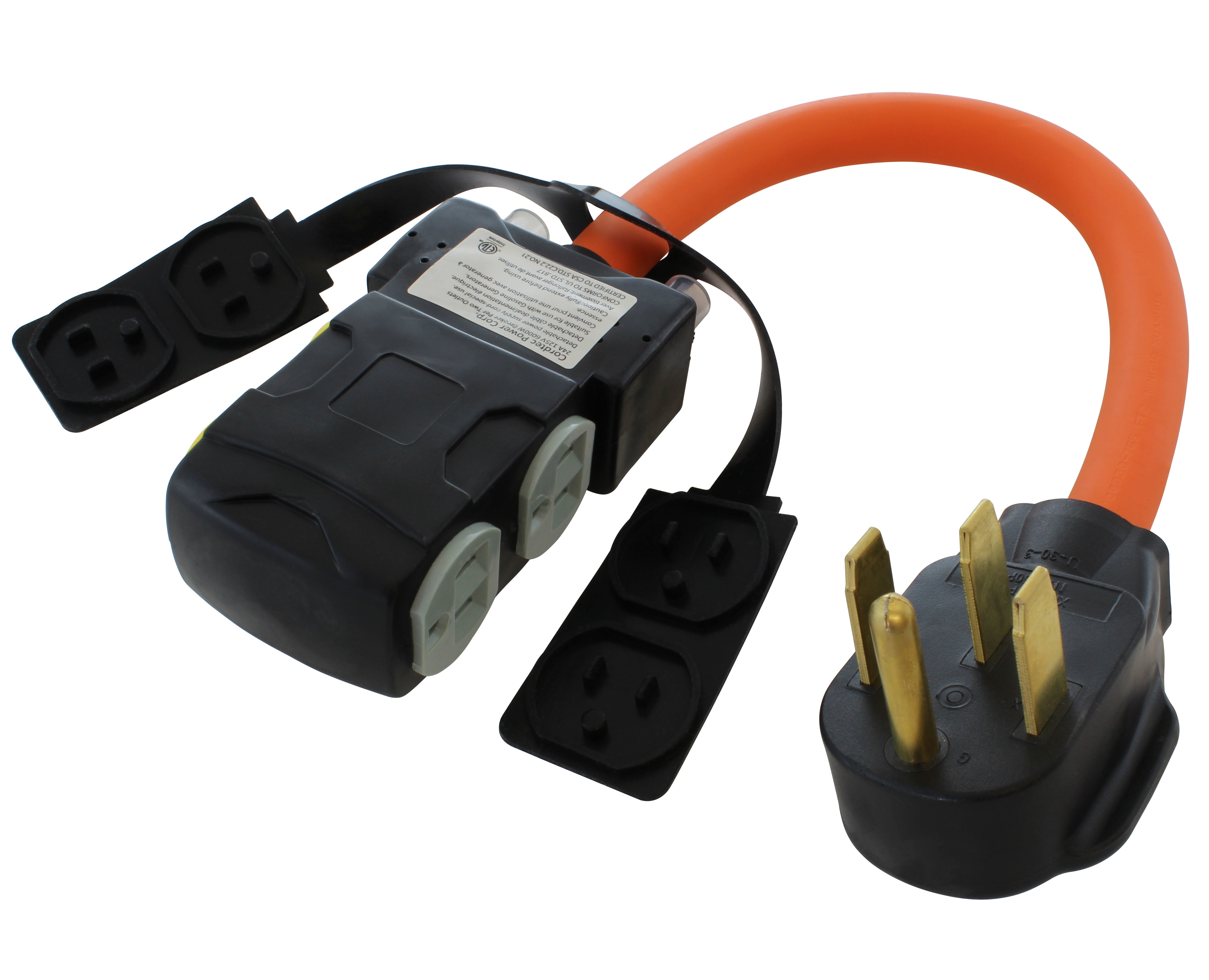
![AC WORKS® [ASINSS2PBX-G] 50A Locking 4-Wire CS6375/ SS2-50 Heavy-Duty Transfer Switch Inlet Box](http://acworks.com/cdn/shop/files/ASINSS2PBX-0_0206b362-7c90-42a5-8754-0685c13dab7e.jpg?v=1758051675&width=2500)

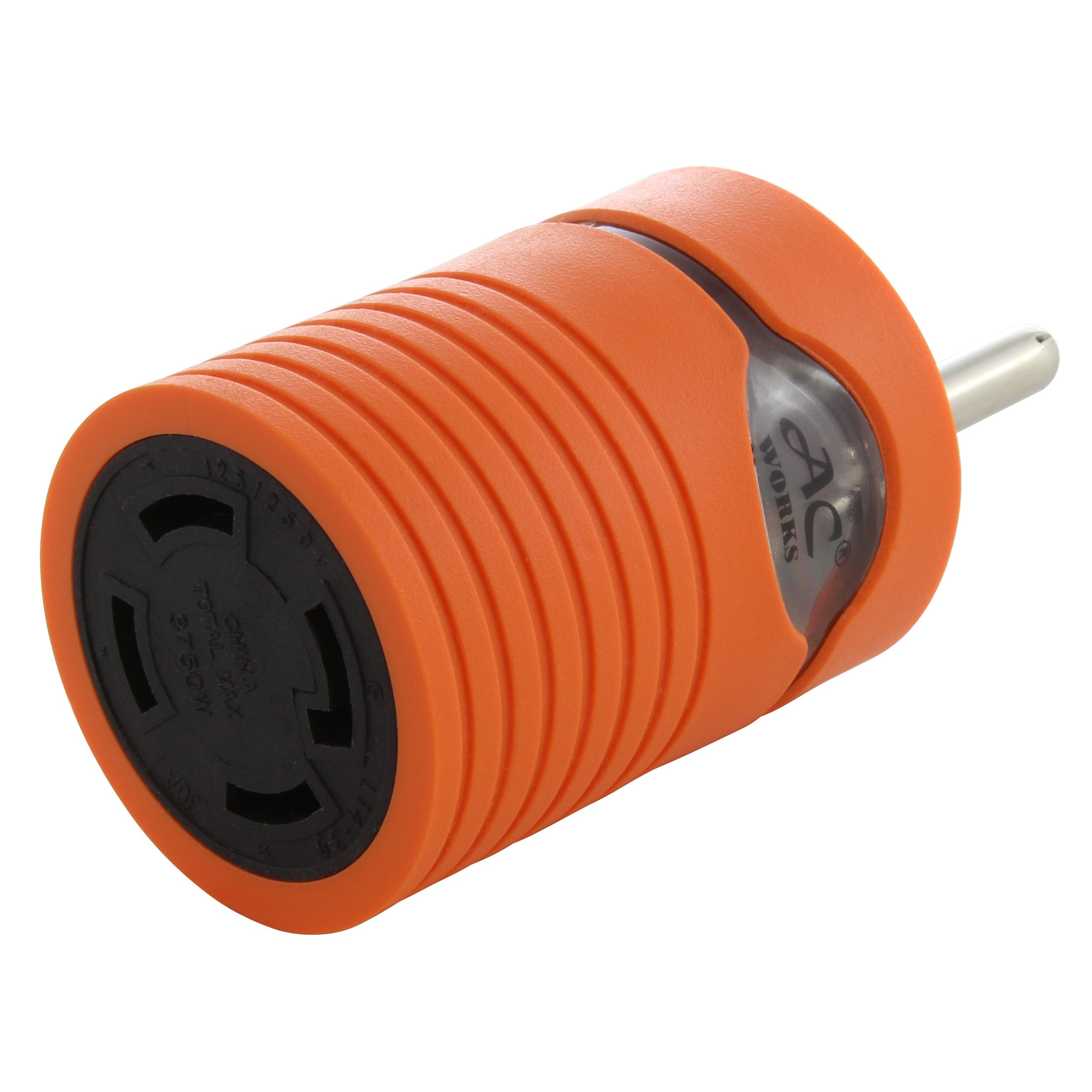
![AC WORKS® [S1430CBF520] 1.5FT 14-30P 4-Prong Dryer Plug to (4) Household Outlets with 24A Breaker](http://acworks.com/cdn/shop/products/S1430CBF520.jpg?v=1666103519&width=4656)
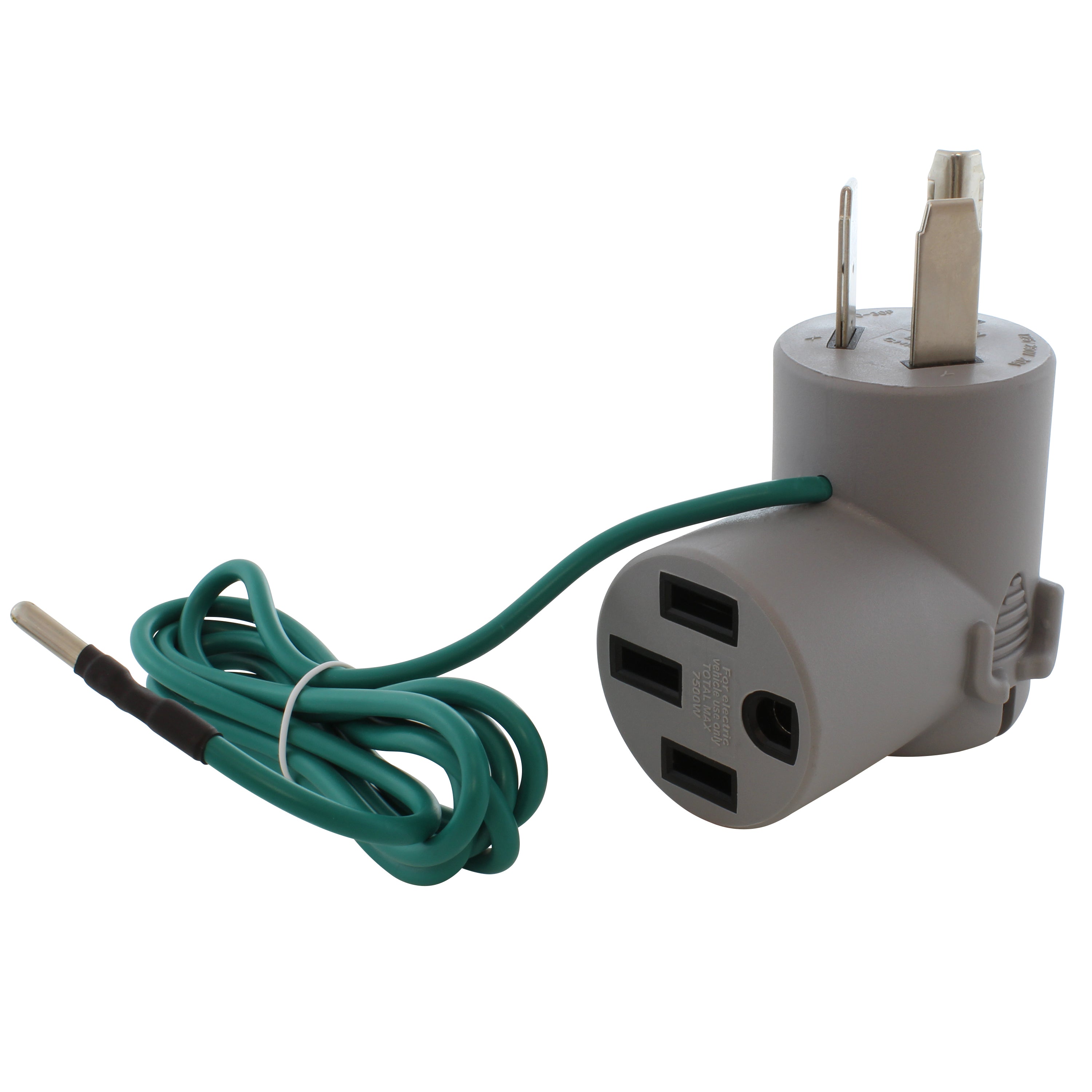
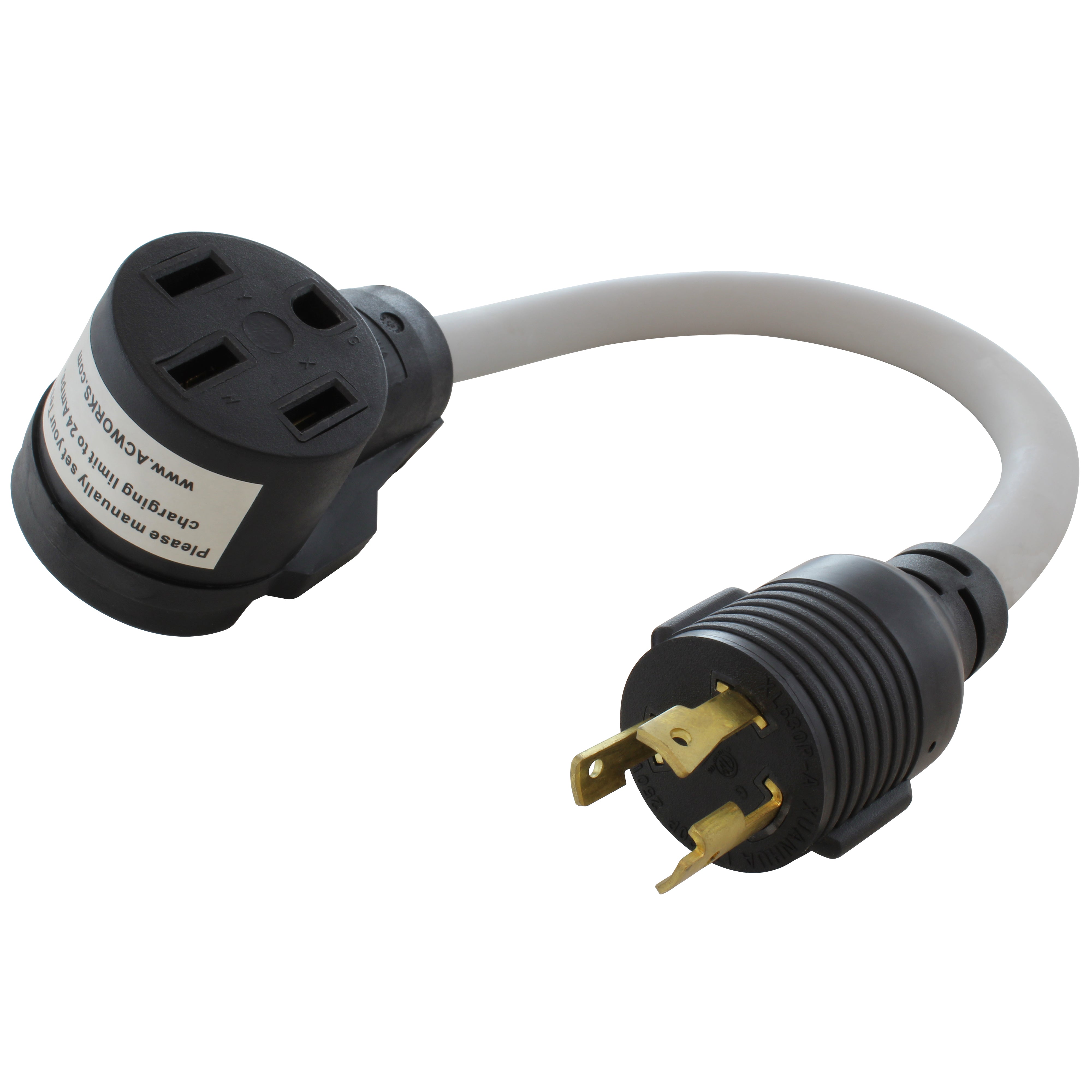
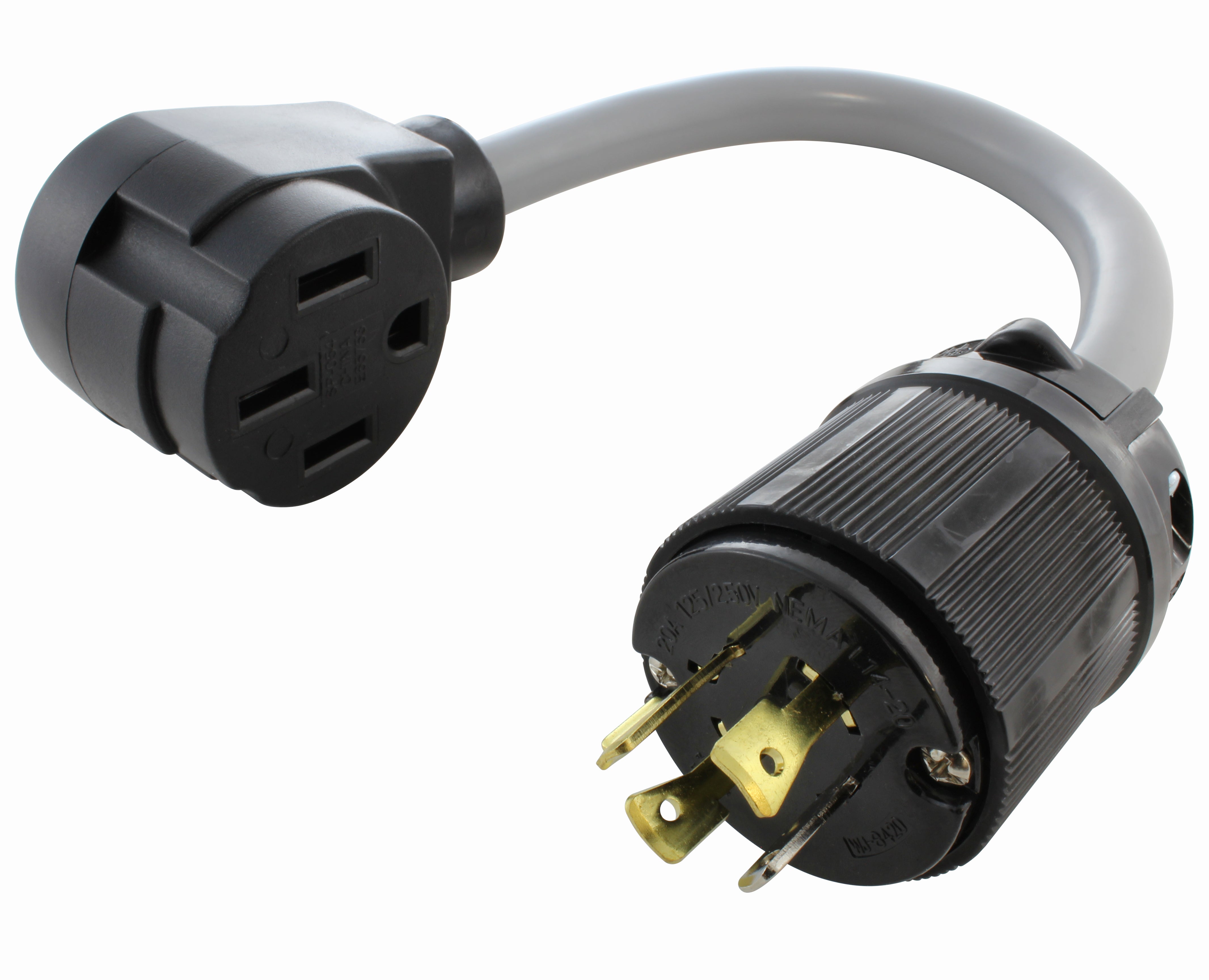

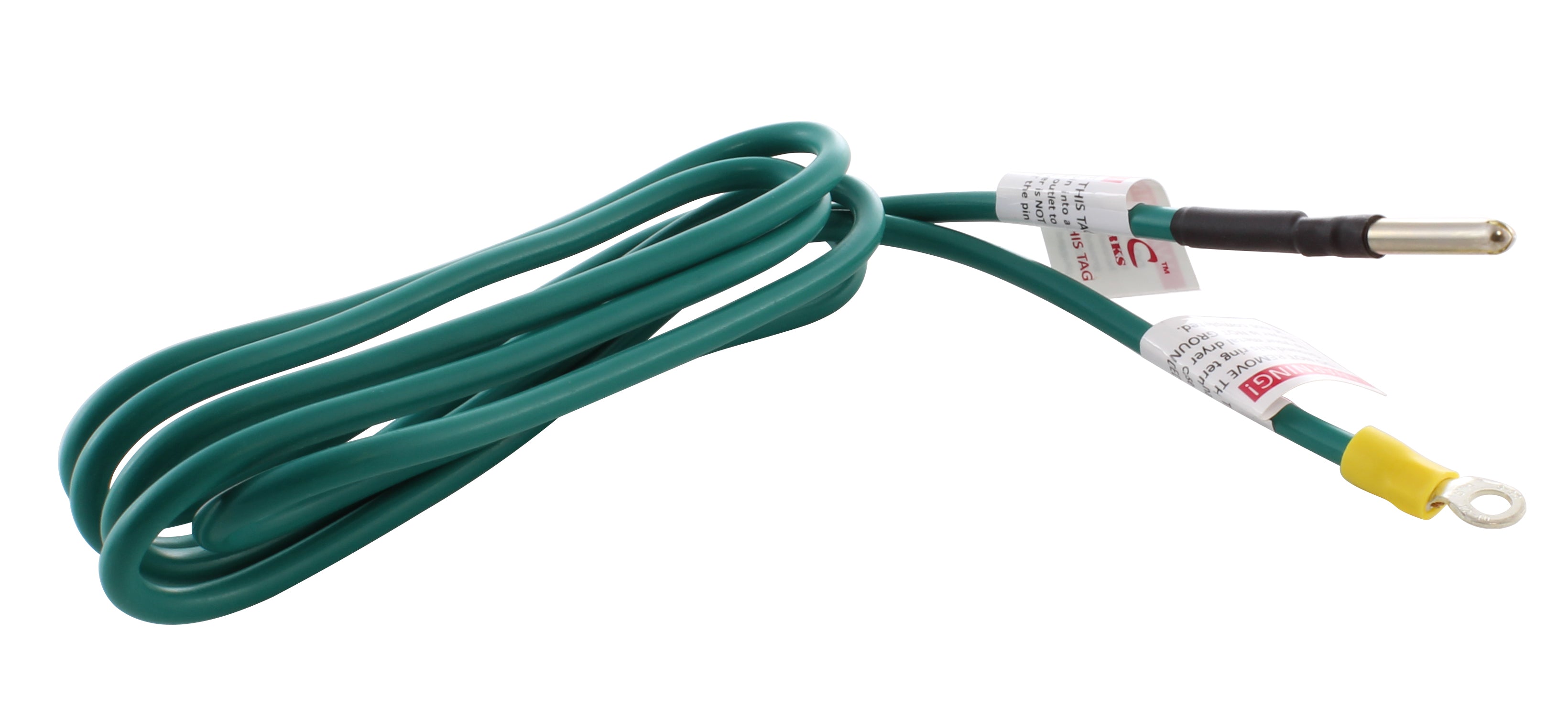

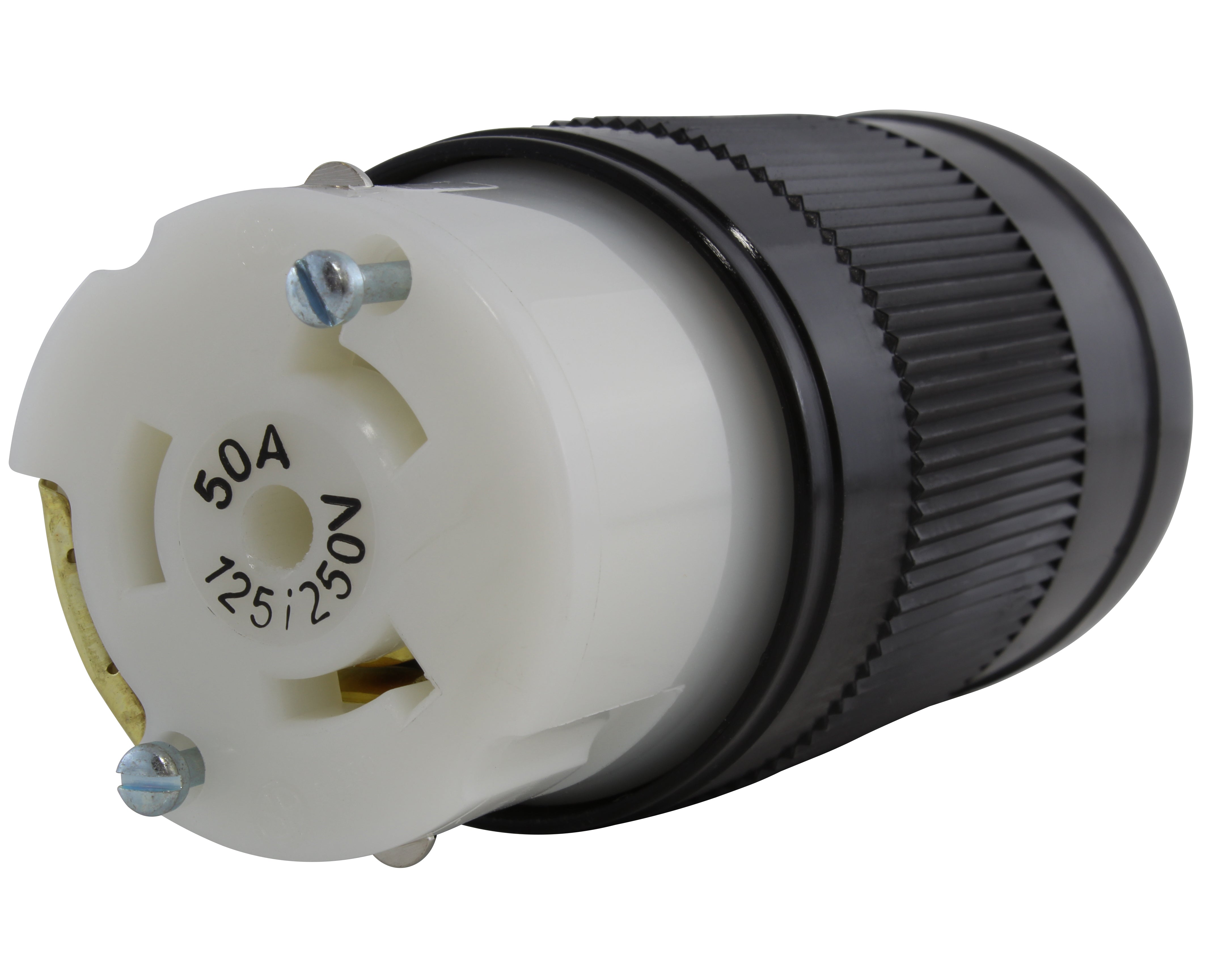

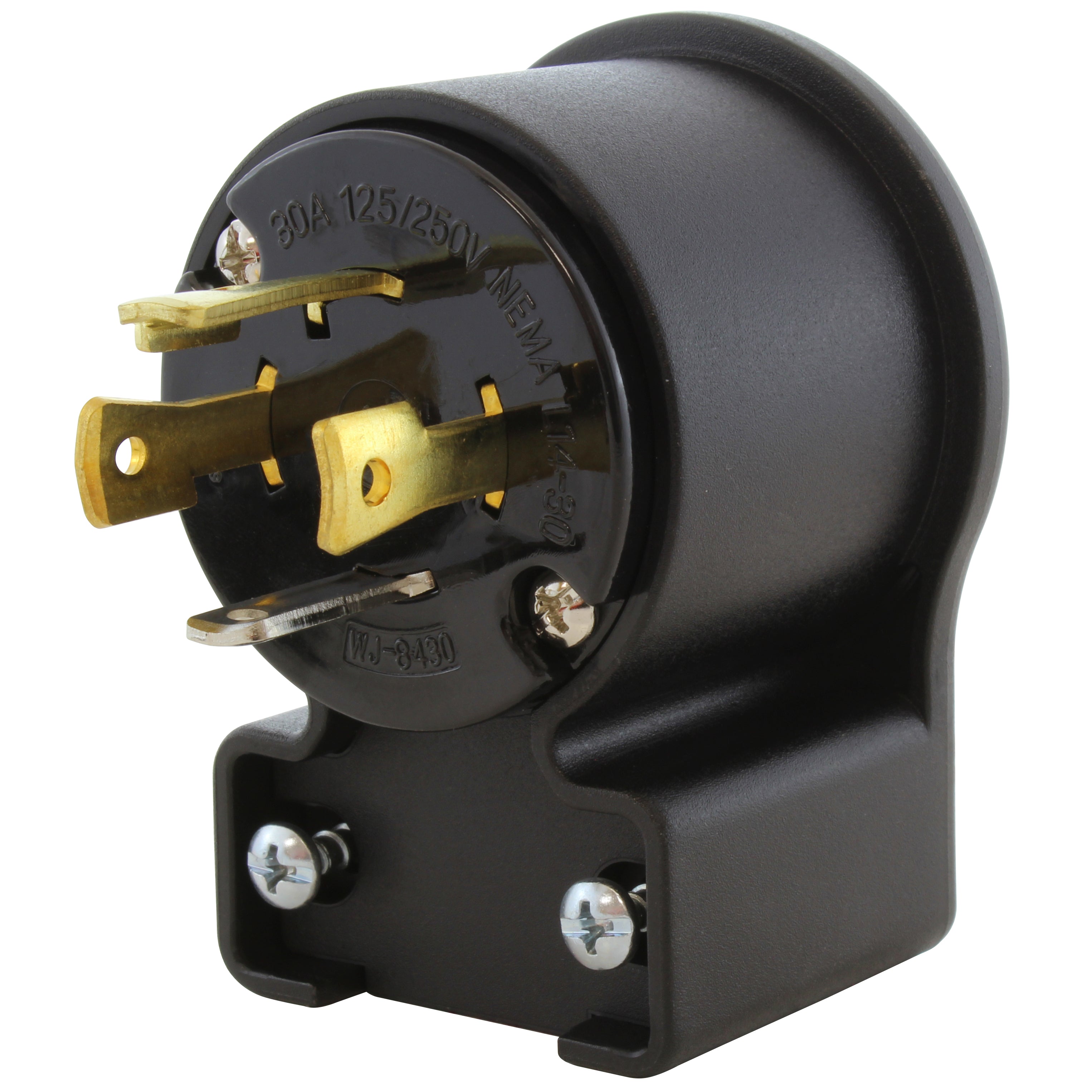
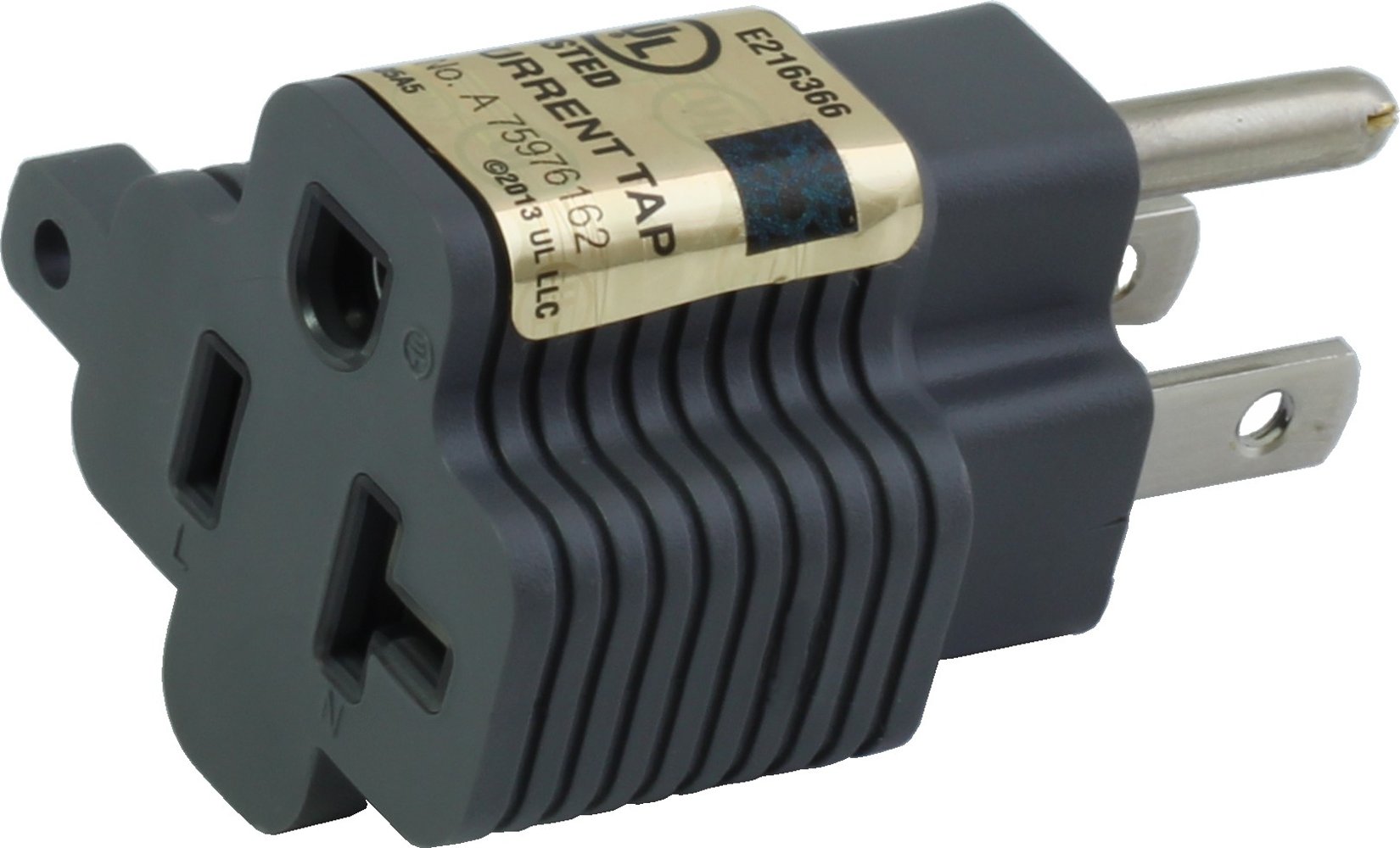
![AC WORKS® [ADV104] 3-Prong Heavy-Duty V-DUO Household Outlet Adapter](http://acworks.com/cdn/shop/products/ADV104-0.jpg?v=1605738768&width=3128)
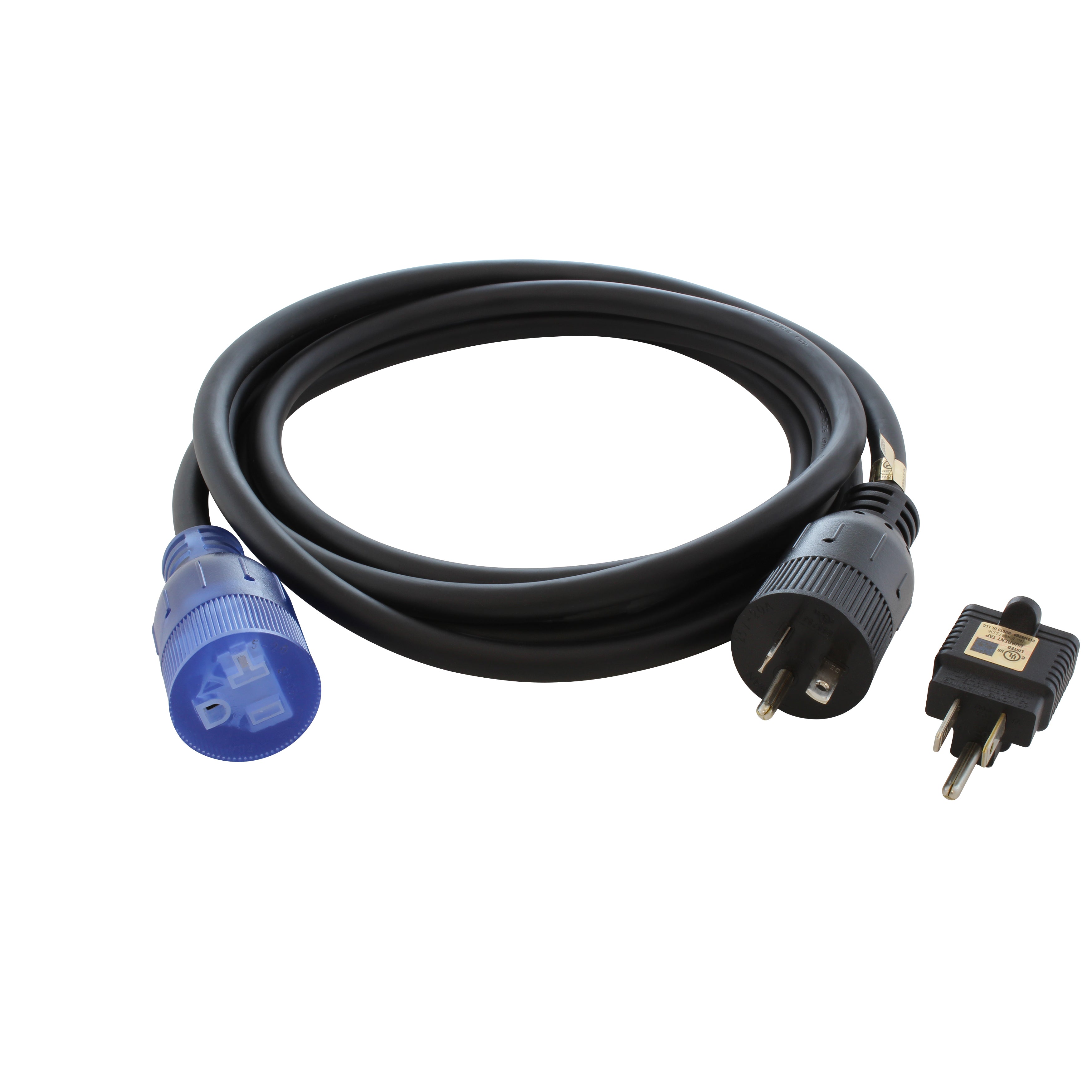
![AC WORKS® [XH515520] 15A to 15/20A 125 Volt Plug Adapter with ETL Safety Approval](http://acworks.com/cdn/shop/files/XH515520-0_daea425a-f439-48df-bb75-052167057f12.jpg?v=1729091519&width=2500)



Share:
AC WORKS® Wisdom: Can PDUs Be Used With Generators?
AC WORKS® Wisdom: What's the Difference Between NEMA 6-50 and NEMA TT-30?